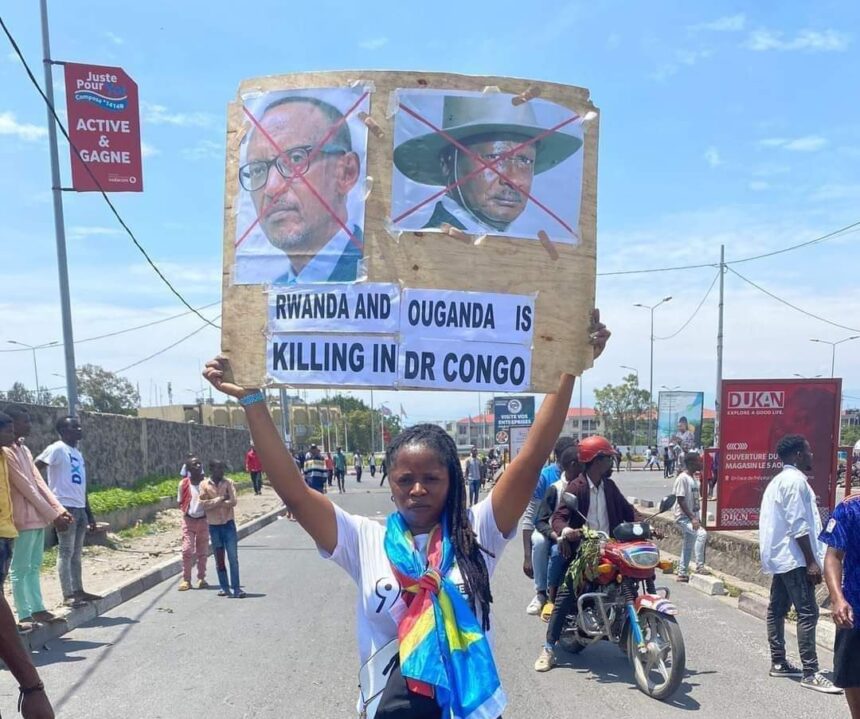Inhabitants of the modern-day Democratic Republic of Congo (DRC) have not known peace ever since the colonialists stepped on their land back in the 16th century. It has been a story of agony, pain, and much suffering for the people.
It all started in 1885 when European autocrats met in Berlin and split amongst themselves the African continent. The lush and mineral-rich rainforests of central Africa fell for the lot of the Belgian king Leopold II. Unlike his counterparts who took the territories for their nations, Leopold took the Congo Free State as it was called to be his personal property.
His reign was that of terror and he committed atrocities even as he exploited his newly acquired colony, he forced the local population into slavery as they harvested rubber which at the time was at a high demand owing to the upsurge in the demand for tyres.
Reports of widespread murder, torture, and other abuses in the rubber plantations led to international and Belgian outrage and the Belgian government transferred control of the region from Leopold II and established the Belgian Congo in 1908. The atrocities did not stop as the rulers remained the same, it only changed hands from being Leopold II’s private property to a Belgian government colony
The Belgians eventually granted independence to DRC in 1960 but the mineral rich nation was far from being stable. The Belgians supported secession movements in Katanga and Kasai provinces something which the then Prime Minister Patrice Lumumba opposed as he saw them as a plot to split DRC into many nations which will then be ruled by Belgian proxies.
The Belgians with the help of the US finally deposed Lumumba before executing him in cold blood and installing Joseph Mobutu through a military coup. Mobutu went on to be come a brutal dictator who amassed wealth and was known for his love for European luxuries.
Mobutu lost power to Laurent Kabila who deposed him with the aid of Rwanda and Uganda. This is now where the plot thickens, Museveni had taken power in Uganda after militarily defeating Milton Obote, he was assisted by Paul Kagame who at that time was his head of military intelligence. Kagame rose through the ranks to become the minister of internal security in Uganda.
After the genocide which pitted ethnic Tutsis against the majority Hutu after the plane crash that killed two Hutu presidents Rwandan president Juvénal Habyarimana and Burundian president Cyprien Ntaryamira. Museveni an ethnic Tutsi supported his ally Kagame (Tutsi) to take power in neighboring Rwanda.
The two heads of state then supported Kabila their ally who is said to have had a Tutsi maternal heritage to take power in DRC in their wide scheme of things to have a neo-Tutsi empire in the great lakes region. However they fell out with Kabila as he refused to put Tutsis in key government positions as directed by Museveni and Kagame.
After this fallout, they started sponsoring rebels in eastern Congo to destabilize the Kinshasa government. The latest being the M23 rebel group led by mostly Tutsis who want to carve a country of their own in Eastern Congo. The DRC government has pointed accusing fingers to Rwanda but Kagame’s administration has vehemently distanced themselves.
DRC has since joined the East African Community and asked the member states to aid in stabilizing the eastern part. Rwanda was barred from participating in the joint military offensive against the M23 rebels but Uganda was allowed but their mandate tied to only pursuing the ADF rebel forces. It remains to be seen if this will yield peace to this rich yet poor nation


Leave a Reply